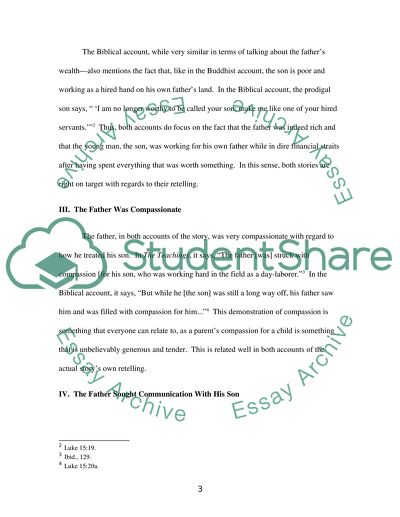Cite this document
(“Comparison of Teachings of the Compassionate Buddha and the Parable of Essay”, n.d.)
Comparison of Teachings of the Compassionate Buddha and the Parable of Essay. Retrieved from https://studentshare.org/religion-and-theology/1432653-teachings-of-the-compassionate-buddha-by-ea-burtt
Comparison of Teachings of the Compassionate Buddha and the Parable of Essay. Retrieved from https://studentshare.org/religion-and-theology/1432653-teachings-of-the-compassionate-buddha-by-ea-burtt
(Comparison of Teachings of the Compassionate Buddha and the Parable of Essay)
Comparison of Teachings of the Compassionate Buddha and the Parable of Essay. https://studentshare.org/religion-and-theology/1432653-teachings-of-the-compassionate-buddha-by-ea-burtt.
Comparison of Teachings of the Compassionate Buddha and the Parable of Essay. https://studentshare.org/religion-and-theology/1432653-teachings-of-the-compassionate-buddha-by-ea-burtt.
“Comparison of Teachings of the Compassionate Buddha and the Parable of Essay”, n.d. https://studentshare.org/religion-and-theology/1432653-teachings-of-the-compassionate-buddha-by-ea-burtt.


